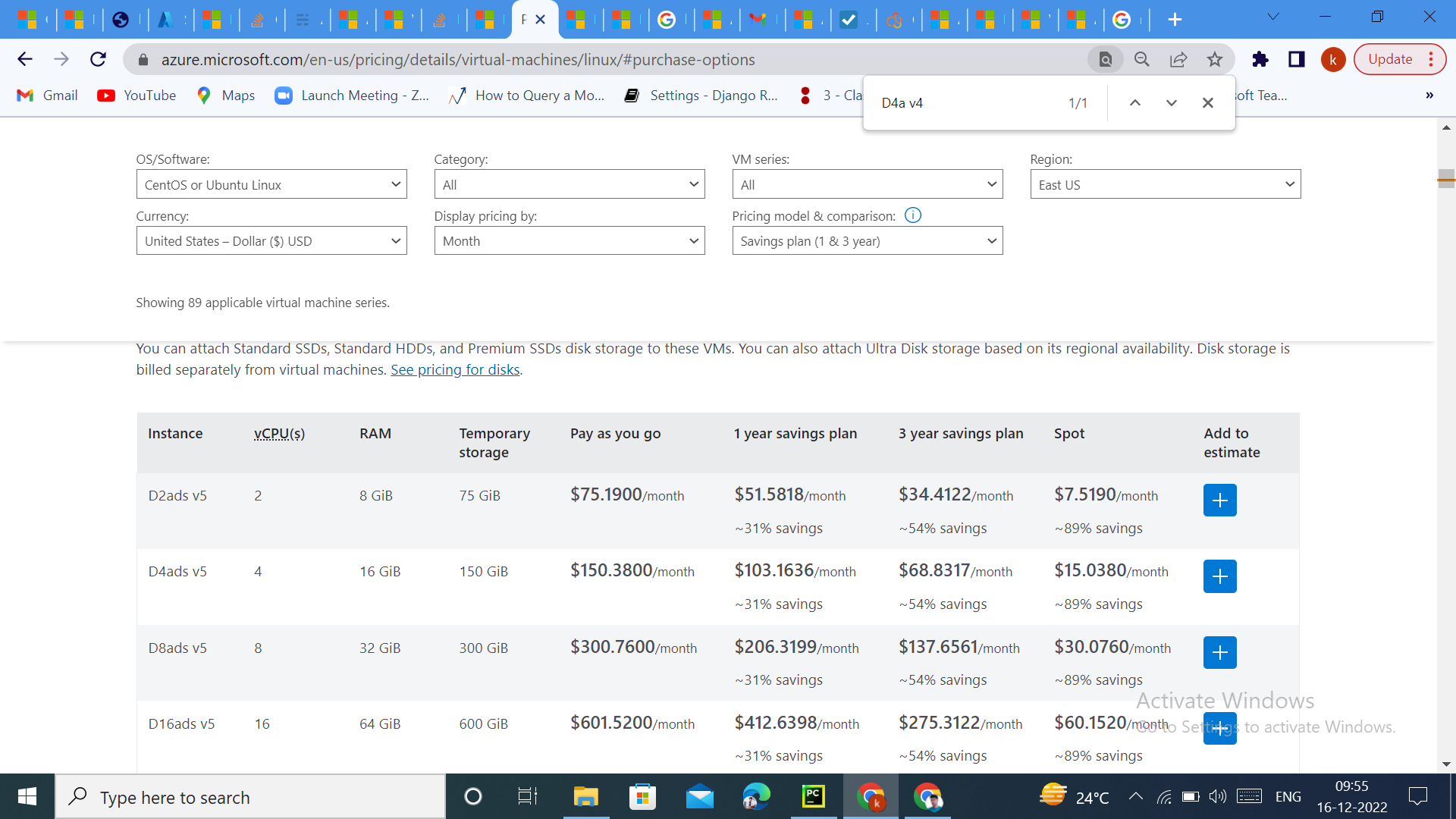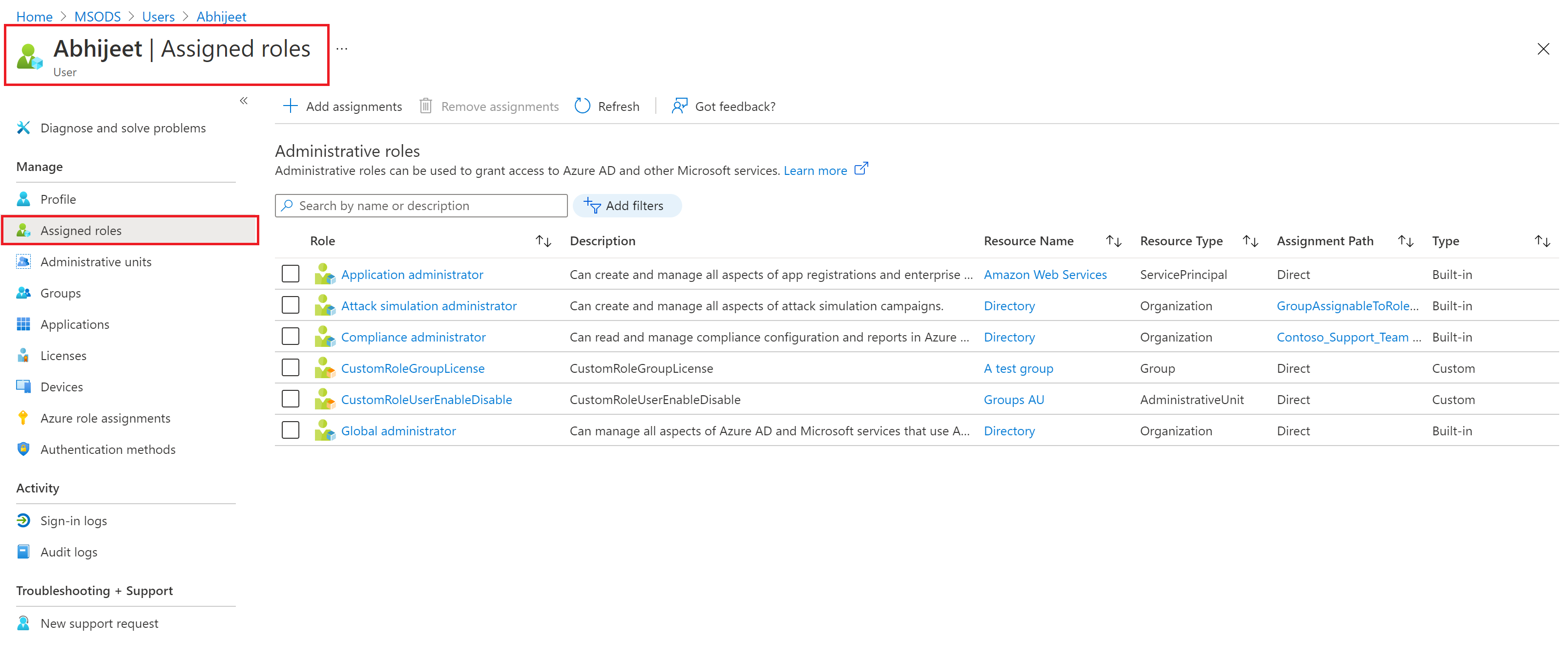@Kamlesh Bannagare ,
You can use the Azure Python SDK to get a list of all Azure virtual machine instances using an API or a Python package. The Azure Python SDK provides a set of libraries and tools that allow you to use the Azure resources from within your Python code.
Here is an example of how you can use the Azure Python SDK to list all virtual machine instances in your Azure subscription:
- First, install the Azure Python SDK using pip: pip install azure-sdk
- Next, import the necessary modules and authenticate with Azure: import os
from azure.common.credentials import ServicePrincipalCredentials
from azure.mgmt.compute import ComputeManagementClientReplace with your Azure subscription ID
subscription_id = 'your-subscription-id'Create a Service Principal and configure credentials
client_id = 'your-client-id'
client_secret = 'your-client-secret'
tenant_id = 'your-tenant-id' credentials = ServicePrincipalCredentials(
client_id=client_id,
secret=client_secret,
tenant=tenant_id
)Create a Compute Management client
compute_client = ComputeManagementClient(credentials, subscription_id) - Finally, use the virtual_machines.list_all() method of the ComputeManagementClient to get a list of all virtual machine instances in your Azure subscription: vm_list = compute_client.virtual_machines.list_all() for vm in vm_list:
print(vm.name)
This will print the names of all virtual machine instances in your Azure subscription. You can also access other properties of the virtual machines, such as their resource group, location, and size, using the vm.resource_group and vm.hardware_profile attributes.
For more information on using the Azure Python SDK to manage Azure resources, you can refer to the Azure SDK for Python documentation: https://azure-sdk-for-python.readthedocs.io/.
----------
Please "Accept as Answer" and Upvote if any of the above helped so that it can help others in the community looking for remediation for similar issues.



